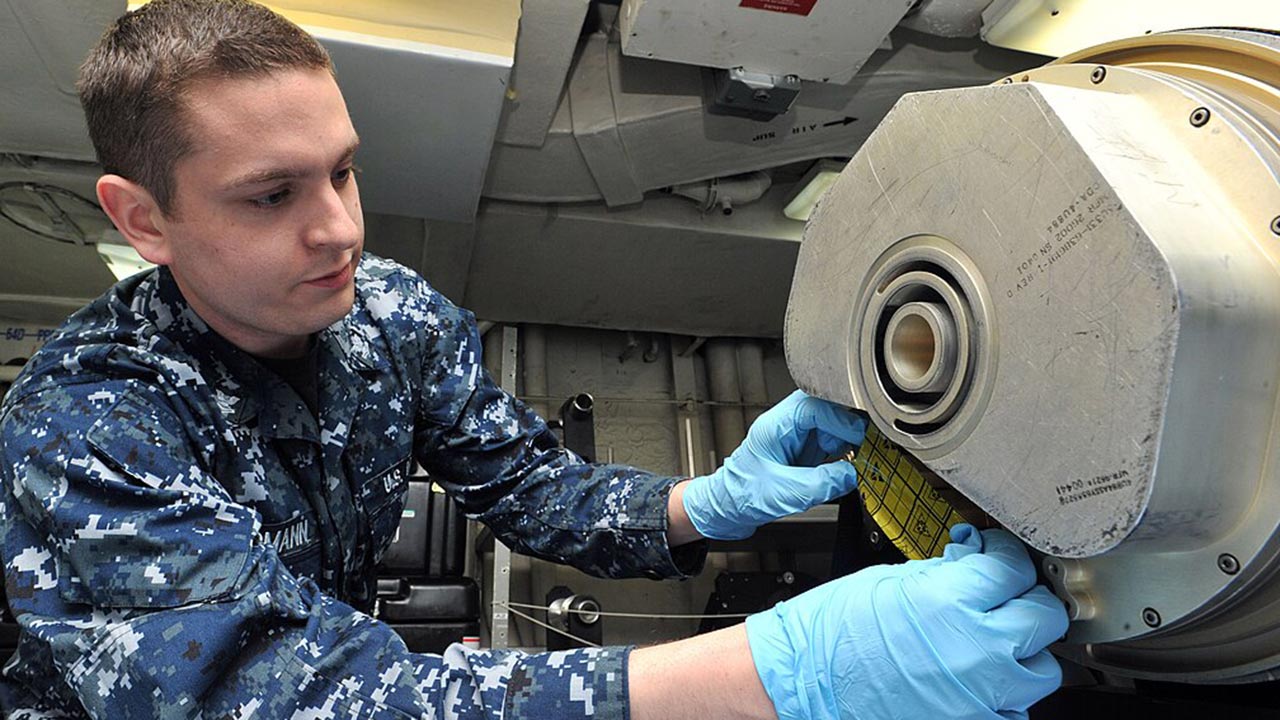
The ability to target and neutralize underground nuclear facilities is a critical component of U.S. military strategy. Advanced sensors play a pivotal role in guiding bombs to these deeply buried sites with precision. Sophisticated technology makes it possible for U.S. bombs to effectively reach and destroy underground nuclear threats.
Understanding Underground Nuclear Sites
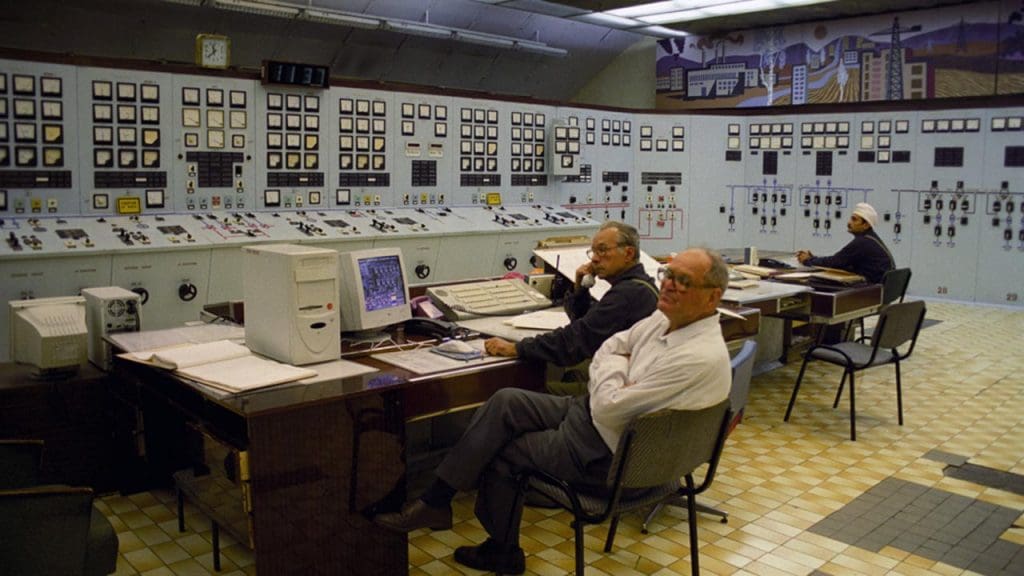
Underground nuclear facilities are designed to be hidden from view and protected from attacks. They are typically located deep beneath the earth’s surface, fortified by layers of rock and reinforced concrete. These sites are strategically important as they house critical components of a nation’s nuclear arsenal, making them high-priority targets. However, their location and construction make them difficult to detect and destroy.
The challenge of targeting these sites has evolved over time. Initially, military tactics focused on surface bombing, which proved ineffective against deep underground structures. This led to the development of penetrating bomb technologies that could reach and destroy these fortified locations. As threats have become more sophisticated, so too have the tactics and technologies employed to counter them.
The Role of Advanced Sensors
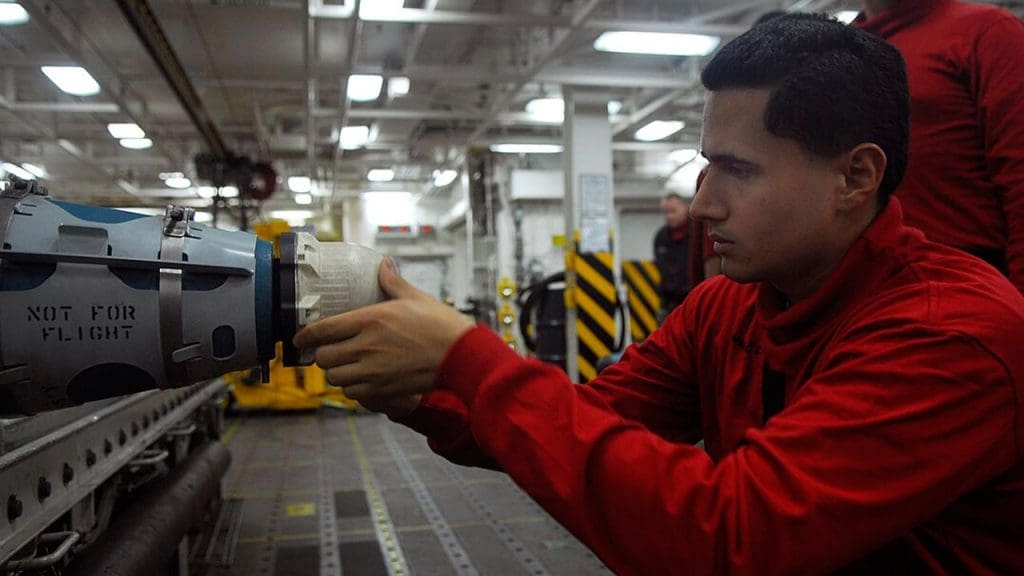
Advanced sensors are crucial in guiding bombs to their targets with precision. Seismic, acoustic, and magnetic sensors are among the types used in bomb guidance systems. These sensors work together to provide accurate data on the target’s location and conditions, ensuring precise targeting of underground facilities.
The integration of sensors with bomb technology involves sophisticated communication systems. These systems process real-time data, allowing for quick decision-making and adjustments during the bomb’s descent. This technology ensures that the bomb remains on course and effectively reaches its target.
The Massive Ordnance Penetrator (MOP)
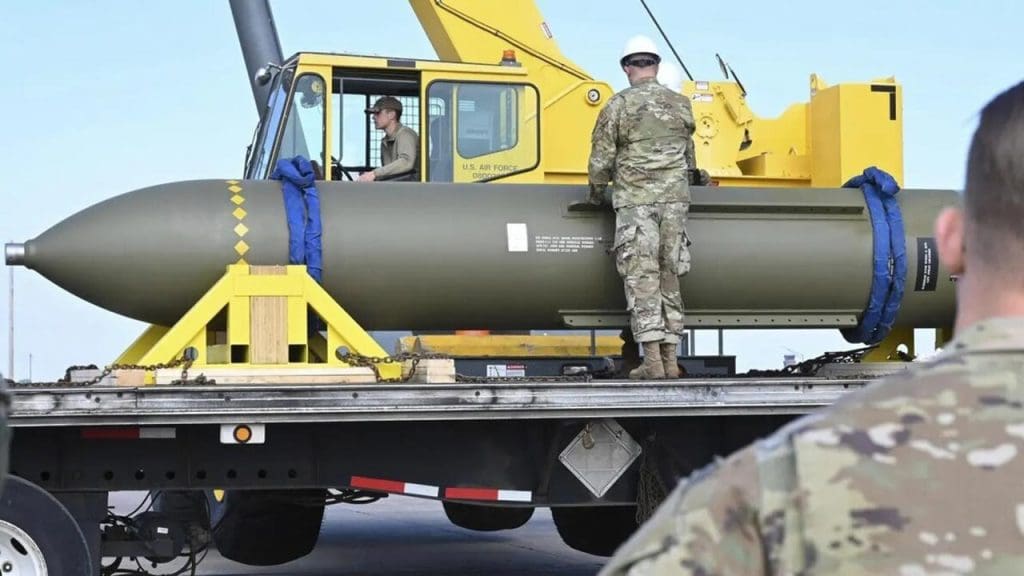
The Massive Ordnance Penetrator (MOP) is a key tool in neutralizing underground threats. Developed to penetrate deep underground bunkers, the MOP has specifications that make it uniquely capable of reaching and destroying fortified nuclear sites. Its development has been driven by the need to counter increasingly sophisticated underground facilities.
Sensor technology plays a vital role in MOP deployment. The MOP is equipped with specific sensors that guide it to its target with precision. Historical missions have demonstrated the effectiveness of these sensors in ensuring successful outcomes. These case studies highlight the importance of advanced technology in modern military operations.
Global Sensor Networks
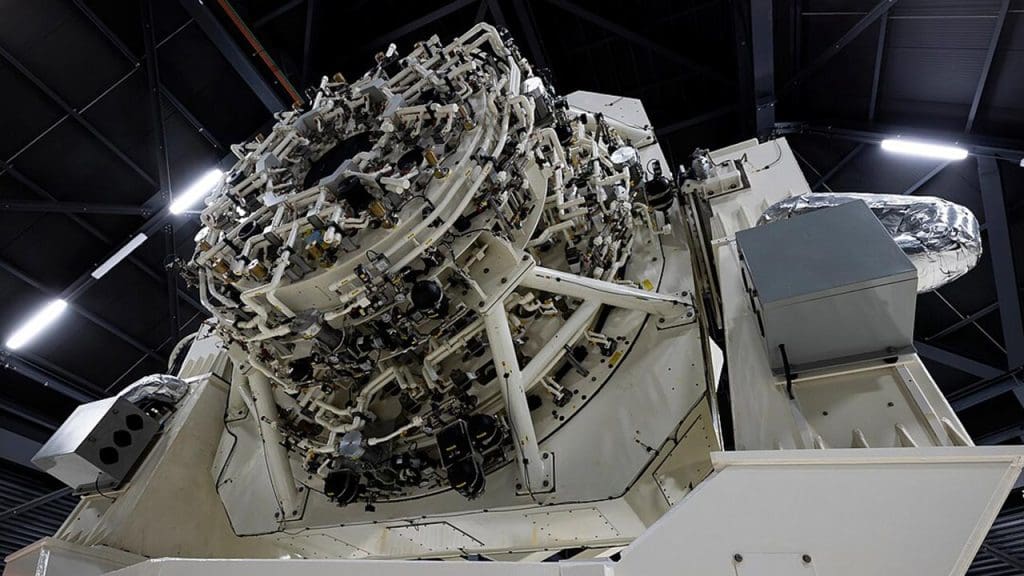
Monitoring nuclear activity worldwide is crucial for global security. Global sensor networks are designed to detect nuclear tests and other activities related to nuclear weapons development. These networks rely on international collaboration to enhance their capabilities and effectiveness. As described by the U.S. Air Force, these networks play a critical role in maintaining global security.
Recent advancements in sensor technology have significantly enhanced the capabilities of these networks. New technologies allow for more accurate detection and monitoring of nuclear activities, providing critical data for decision-makers. These advancements have a significant impact on global security and monitoring efforts.
Future of Sensor-Aided Bombing Technology
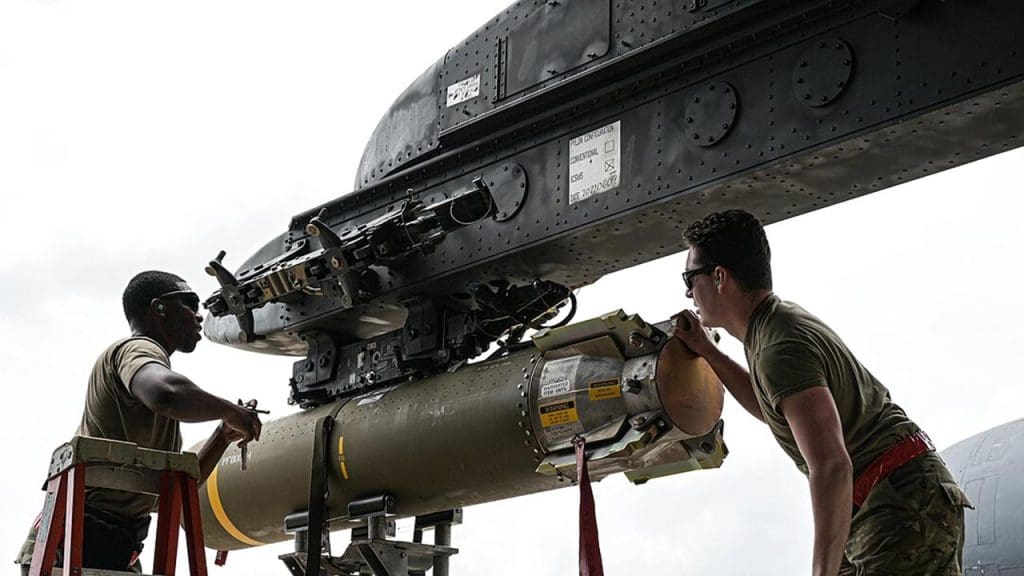
Innovations in sensor and bomb integration continue to shape the future of military technology. Upcoming technologies promise to enhance the precision and effectiveness of bombing campaigns against underground targets. However, these advancements also present challenges, such as ensuring reliability and addressing ethical concerns.
The strategic importance of sensor technology in modern warfare cannot be overstated. As discussed in various studies, its implications for global security are profound, raising important ethical and geopolitical considerations. As technology continues to evolve, addressing these concerns will be crucial for ensuring responsible use of advanced military capabilities.